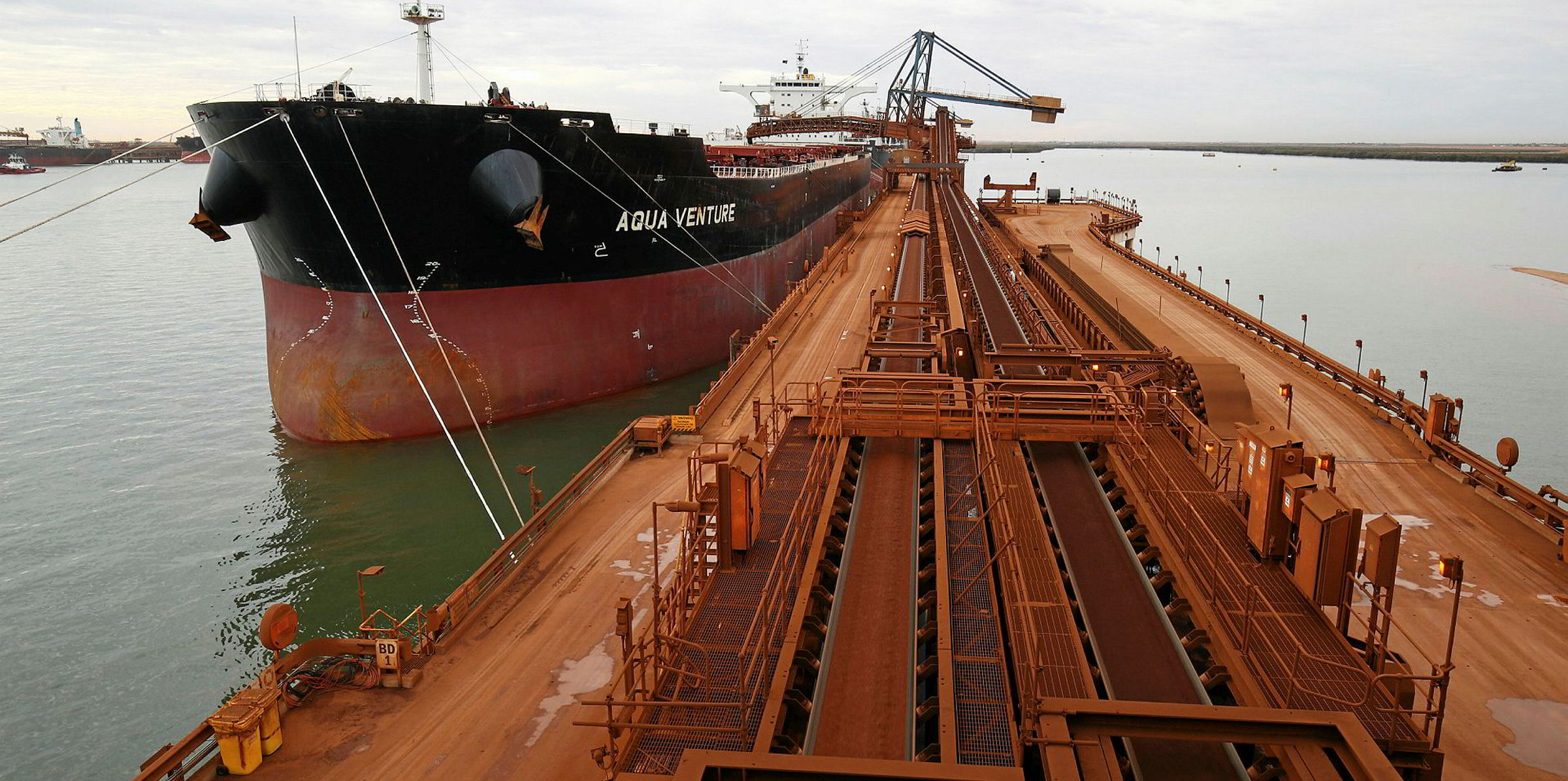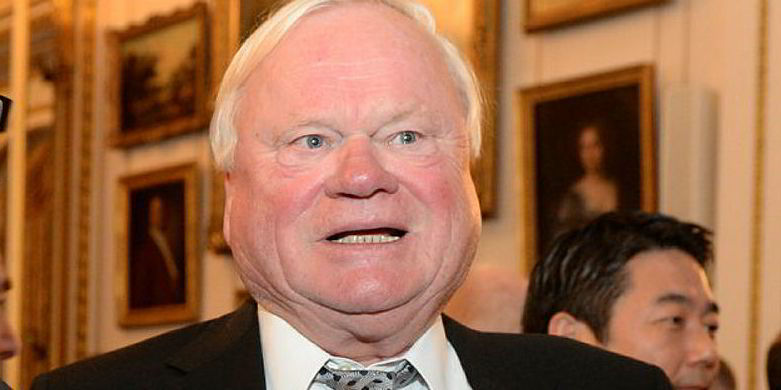The capesize bulk freight market is “bombed out”, “in free fall” or has “fallen off a cliff”, depending on which shipowner or shipbroker you speak to.
The message is the same, but you don’t need a metaphor to describe the situation — just look at a graph.
The Baltic Dry Index, which takes into account panamax and other dry tonnage that is in fact doing slightly better than capesizes, plunged from nearly 1,800 to less than 650 points in little more than half a year.
It is sobering to remember the index hit 2,330 points less than six years ago but it is unsurprising to learn from Greece’s Allied Shipbroking that 20 bulkers have been scrapped in the past eight weeks, compared with 70 in the whole of 2018.
The $900m-worth of annual losses predicted to be announced shortly by Japan’s K Line are driven partly by problems in the bulker sector.
It is easy to see why John Fredriksen described the capesize sector last week as bombed out.
How to get more for less
In fact, you can now charter one of these larger vessels for a lower price than it would cost you to fix a smaller bulker. It is only a matter of time, surely, until a few shippers start pooling their cargoes to use capesizes and pay less.
Certainly, analysts at Norwegian shipbroker Fearnleys are convinced that freight rates will rise soon.
“The capesize to panamax market ratio is now at 58%, which is the lowest level since early 2016. Every time previously this ratio was at such low levels, a market rebound followed,” they said.
Fearnleys is not alone in feeling that recovery must be round the corner, but what will allow shipowners to start charging rates that cover their operating costs?
Clarksons Platou Securities believes operators may begin to keep ships idle rather than keep on losing money. In fact Clarksons’ own lower group profits released this week were clearly affected by the dismal dry bulk market.
But there are reasons for thinking that a desperately needed rebound in the market will come soon.
For a start, there is the new scrapping extravaganza, with John Angelicoussis, Petros Pappas and Berge Bulk among those owners opting for the breakers’ yards.
The real reason owners are in this dire situation is not down to over-ordering but a collapse in demand.

This is partly connected with the Brumadinho mine disaster in Brazil. Operator and resources giant Vale was forced to halt iron ore production there after a dam built for mine tailings burst in January, taking the lives of hundreds of villagers.
Vale had to declare force majeure as it ceased shipments to the iron ore-hungry markets of China. This in turn sent the global price of the commodity soaring by almost 20% and forced leading steel manufacturers to cut production.
The real reason owners are in this dire situation is not down to over-ordering but a collapse in demand … However, there are reasons for thinking that a desperately needed rebound in the market will come soon
Given that accident-struck mine has a monthly output of 2.5 million tonnes, this suspension has had a big impact on shipping, but there is gathering optimism that regulators in Brazil will allow mining to resume there soon.
Australian iron ore producers have picked up some of the supply slack, although that has not helped shipowners much: Brazil is nearly three-and-a-half times further from China than Australia is, so it is much more demanding of ship capacity.
Meanwhile, the whole Chinese economy has been slowing down, partly due to the trade war with the US. This geopolitical punch-up initiated by Donald Trump to try to reduce the trade surplus with China has affected dry bulk market sentiment.
Hopes of a trade deal in sight
There are growing hopes, however, that a peace agreement is in sight.
Market sentiment is also being undermined by that other messy geopolitical schism, Brexit.
The deadline for the UK’s official departure from the European Union is 29 March but the two sides have struggled to reach an agreement on future trading arrangements that will satisfy British politicians.
Meanwhile, the basic conditions for world trade remain positive and seaborne dry bulk trade increased by 2.6% last year, according to Clarksons.
It has been a dreadful half-year for dry bulk, particularly the capesize segment, but it’s now down to “when” not “if” that market starts to bounce back.






